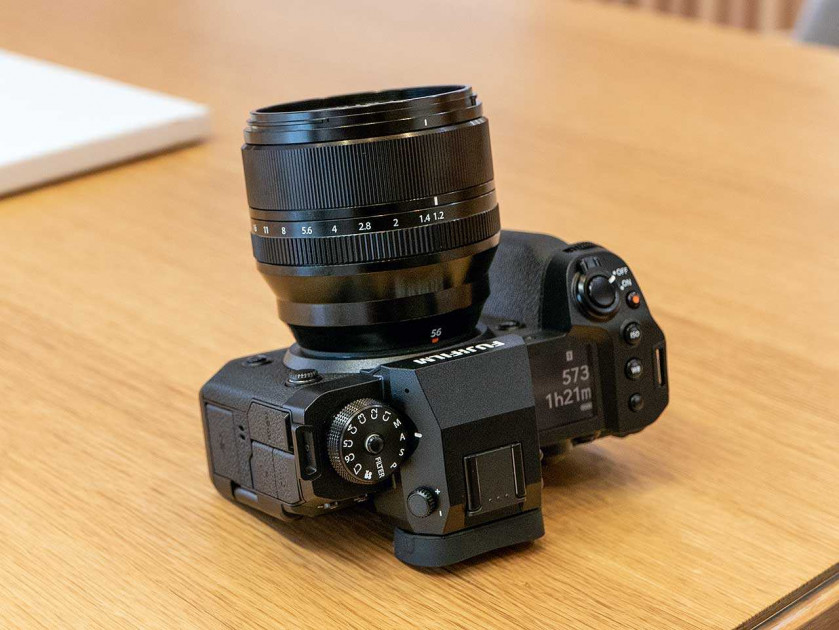
Introduction
The Fujifilm XF 56mm F1.2 R WR is a fast mid-telephoto prime lens for Fujifilm’s X-series range of APS-C format mirrorless cameras.
It replaces the original XF 56mm F1.2 R lens, which was first released back in 2014, offering several significant upgrades including weather-resistance, closer minimum focusing distance, more aperture blades for better bokeh, and improved image-resolving performance .
The Fuji 56mm provides a focal length which exactly matches that of a 85mm optic in a 35mm full-frame system, making it a classic head-and-shoulders portrait prime lens.
It has an optical formula comprised of 13 elements in eight groups including one ED element to reduce flare and ghosting and two aspherical elements to help limit distortion and spherical aberrations.
Key features include built-in weather-resistance, a physical aperture ring complete with markings and an A (Auto) Position Lock, and a minimum focusing distance of 50cm.
There’s also an iris diaphragm with eleven rounded blades, Fuji’s proprietary Super EBC Coating to reduce lens flare and ghosting, a flourine coating on the front element to repel water and fingerprints, a powerful DC motor for quick AF response, and a metal mount and focusing ring.
The Fujifilm XF 56mm F1.2 R WR lens is available in black only priced at £999 / $999 in the UK and the US, respectively. The XF 56mm F1.2 is manufactured in Thailand.
Ease of Use
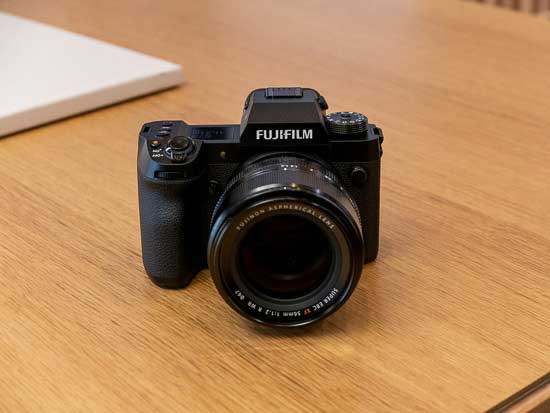
The Fujifilm XF 56mm F1.2 R WR is one of the larger prime lenses in the X-system line-up, weighing 445g and measuring 7.6cms in length, which is perhaps understandable given the amount of glass used in its construction.
It weighs 40g more and is 0.5cm longer than its predecessor, predominantly because it features a more complicated optical construction than the original, plus it now offers built-in weather resistance and a more sophisticated and faster auto-focus system.
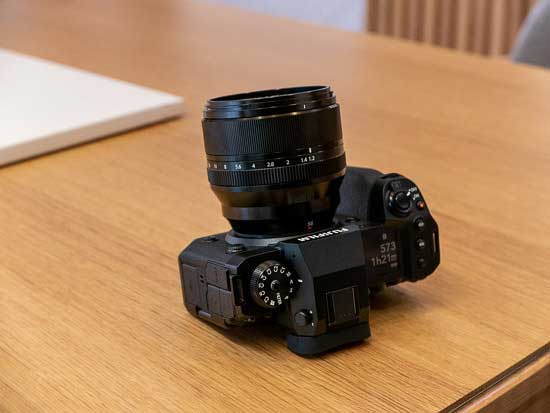

It’s still relatively compact and light enough to feel well-balanced on the X-H2 and X-H2S cameras that we tested it with, although they are admittedly one of the largest X-series bodies currently available.
Weather-resistance has been newly built-in to the 56mm F1.2 lens at 9 different places to help protect it against water and dust and allow it to fully operate in temperatures down to -10°C (14°F).
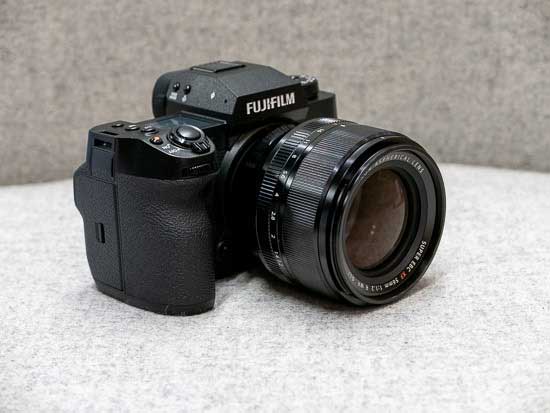
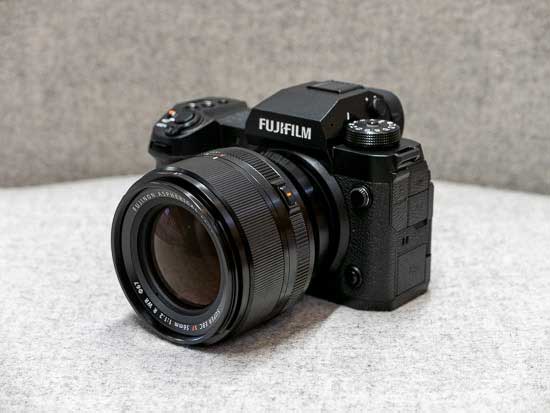
In testing it complemented the new Fujifilm X-H2/S camera very well, forming a well-balanced and relatively lightweight package and more than matching the body in terms of its build quality.
The Fujifilm 56mm lens boasts a metal mount and focusing and aperture rings, metal lens barrel and non-rotating 67mm filter thread. which is larger than the original version’s 62mm filter thread.
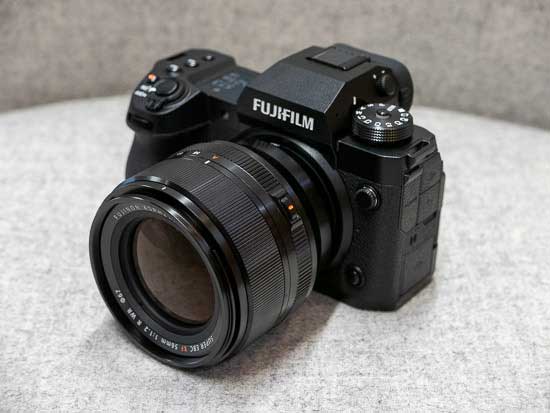

As with virtually all Fuji lenses, the XF 56mm F1.2 R WR lens has a traditional aperture ring on the lens barrel, which allows you to set the aperture in 1/3 steps, complete with full aperture markings running from f/1.2 to f/16.
The current aperture is also shown in the camera’s viewfinder or on the LCD screen as you turn the aperture ring.
The aperture ring is nicely damped and makes a distinctive click as you change the setting, and it’s stiff enough to prevent it from being accidentally turned when stored in a camera bag.
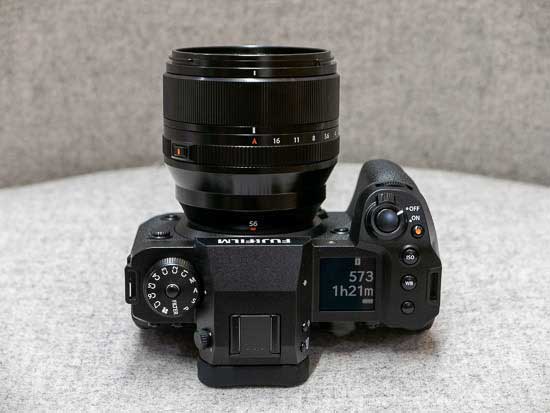
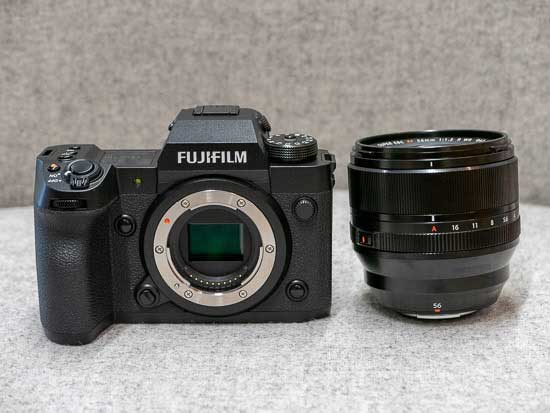
It toggles between auto aperture control (the ring is set to A) or manual aperture control (the switch is set to one of the aperture values).
Fujifilm have also included an A (Auto) Position Lock button. When the aperture ring is set to the A position, it’s automatically locked into place until you hold down the A (Auto) Position Lock button and turn the ring to select one of the aperture values.
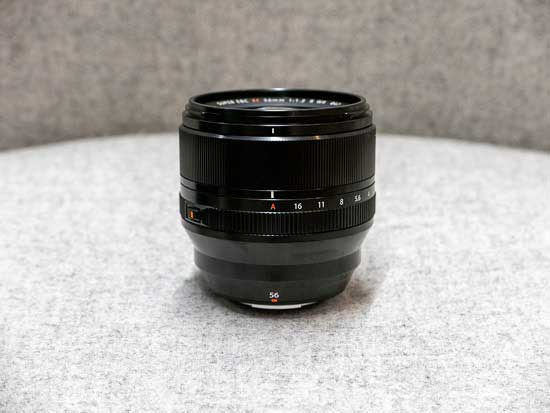
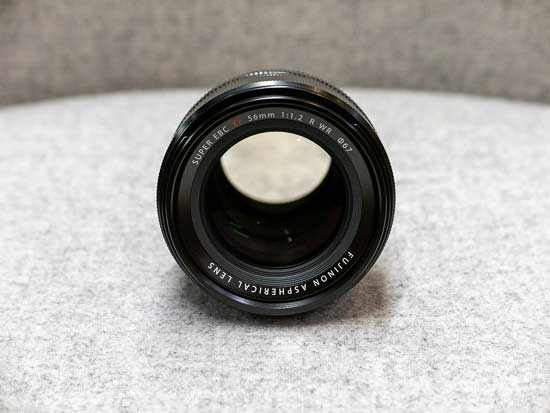
The fly-by-wire focus ring is smooth in action without being loose, although it has no “hard stops” at either end of the focus range, making it more difficult to focus on infinity.
The Fujifilm XF 56mm F1.2 R WR lens has an internal focusing (IF) system that uses a DC linear motor, which results in pleasingly fast and accurate auto-focusing on the X-H2/S camera that we tested it with.
It is a little noisy in operation, though, with the DC motor audibly driving all of the lens elements.
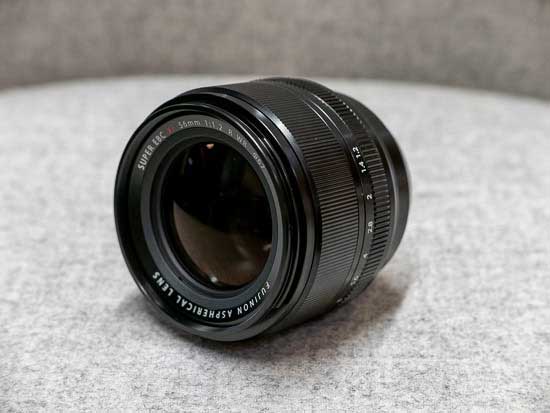
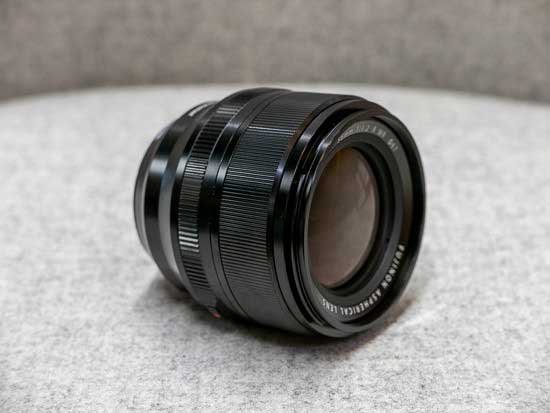
You certainly won’t miss too many shots when using the AF on this lens, and it’s certainly noticeably quicker than the original.
Thanks to the IF mechanism the front of the lens does not rotate on focus, which is very good news for anyone looking to use the lens in conjunction with a polariser or graduated neutral density filter.
The Fuji 56mm F1.2 has a smooth manual focusing ring that is focus-by-wire, rather than using a mechanical clutch-based focus ring, but that’s also true of every other Fuji X-series lens.

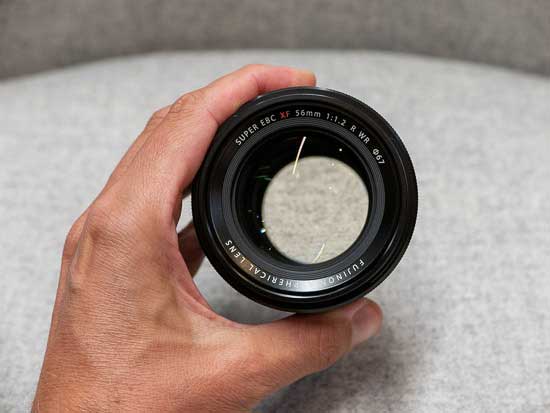
The focus ring on the 56mm F1.2 does at least have a nice feel as the components in the manual focusing ring assembly have been specially engineered to respond with more precision, especially when the focusing ring is moved slightly.
In terms of accessories, the Fujifilm XF 56mm F1.2 R WR ships with standard lens and mount caps plus quite a large plastic circular-shaped lens hood which snaps into place. There is no bag or case included with this lens.
Focal Range
The 56mm focal length provides an angle of view of 28.5 degrees.

Chromatic Aberrations
Chromatic aberrations, typically seen as purple or blue fringes along contrasty edges, are not really a problem for the Fujifilm XF 56mm F1.2 R WR lens, except in areas of very high contrast.

Vignetting
With the lens set to its maximum aperture of f/1.2, there is just a little light fall-off in the corners, requiring you to stop down by at 2 f-stops to completely prevent it.

Distortion
The Fujifilm XF 56mm F1.2 R WR doesn’t exhibit any barrel or pin-cushion distortion, as you can see in the photo below.

Macro
The Fujifilm XF 56mm F1.2 R is not really a macro lens, with the close-focus point at 50cm from the sensor plane and a maximum magnification of 0.14x.
It can focus 20cms closer than its predecessor, and consequently has a larger maximum magnification (0.9x on the original version).
Note that the minimum distance from the front end of the lens to the subject is approximately 41cm.





Bokeh
Bokeh is a word used for the out-of-focus areas of a photograph, and is usually described in qualitative terms, such as smooth / creamy / harsh etc.
Fujifilm have paid close attention to this aspect of lens use, employing a 11-segment diaphragm with rounded blades for some very pleasing bokeh. This is actually the first ever X-series lens to have an 11-blade aperture.
In our view, their efforts have been very successful – see the examples below to judge for yourself.



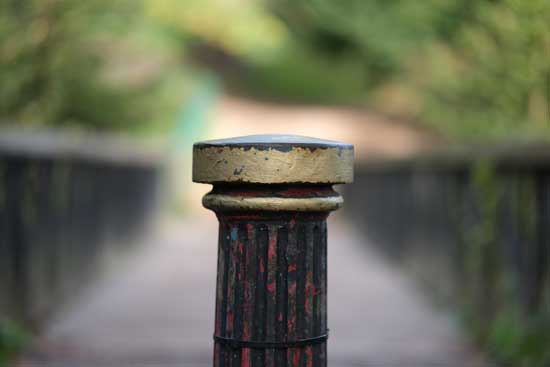






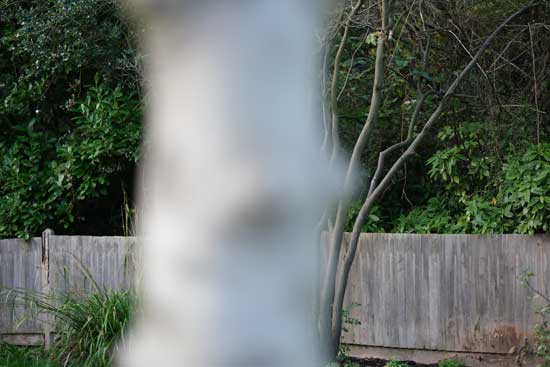
Sharpness
In order to show you how sharp the Fujifilm XF 56mm F1.2 R WR lens is, we are providing 100% crops on the following page.







